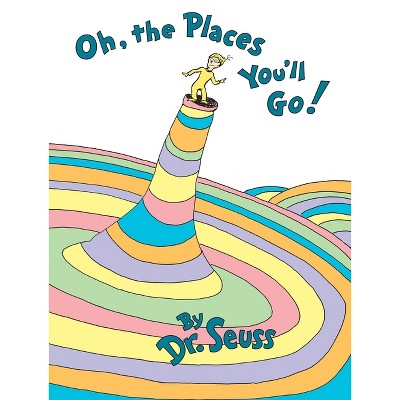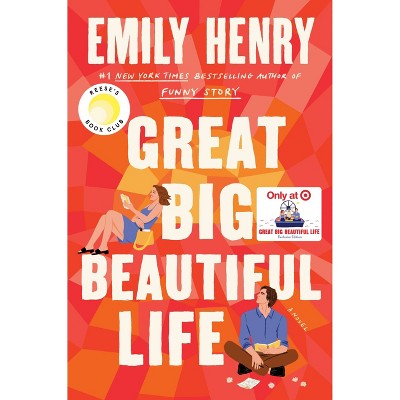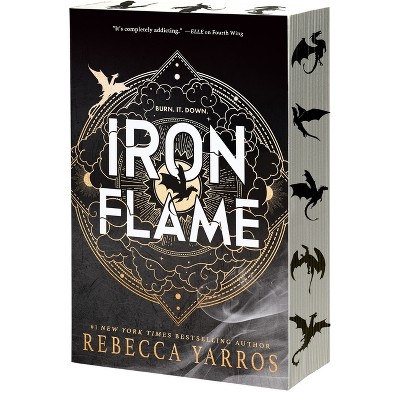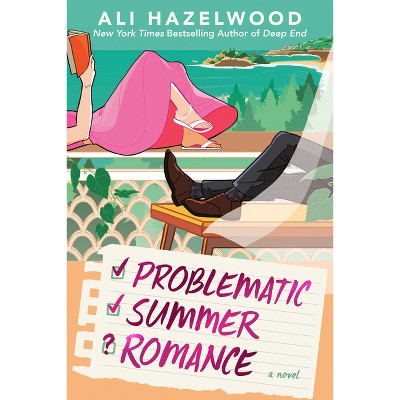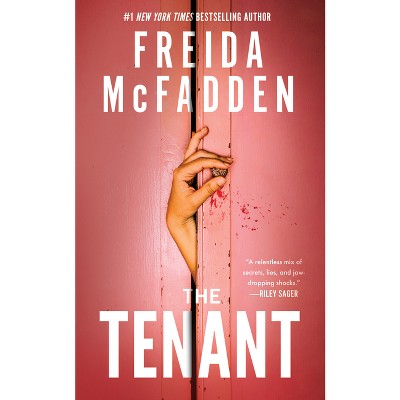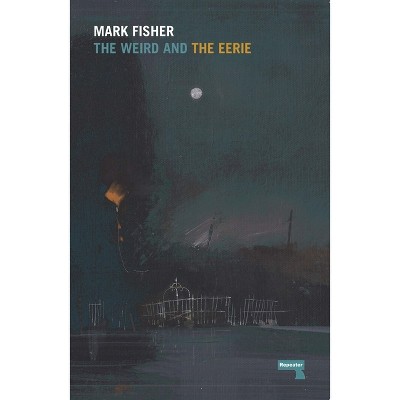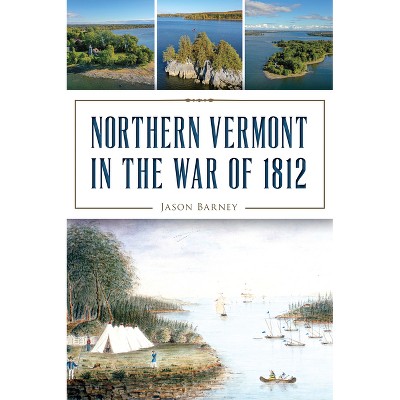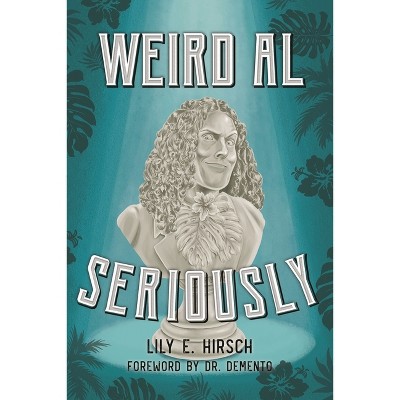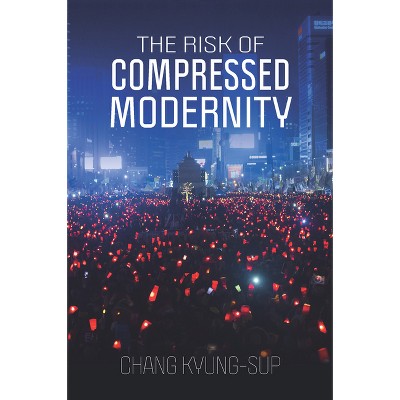About this item
Highlights
- Serious literary artists such as T.S. Eliot, James Joyce and Virginia Woolf loom large in most accounts of the literary art of the first half of the 20th century.
- About the Author: Jason Ray Carney is a lecturer in the Department of English of Christopher Newport University in Newport News, Virginia.
- 205 Pages
- Literary Criticism, Horror & Supernatural
Description
About the Book
Serious literary artists such as T.S. Eliot, James Joyce and Virginia Woolf loom large in most accounts of the literary art of the first half of the 20th century. And yet, working in the shadows cast by these modernists were science fiction, horror and fantasy writers like "the Weird Tales Three": H.P. Lovecraft, Clark Ashton Smith, and Robert E. Howard. These three writers did not publish in artistically ambitious magazines like The Dial, The Smart Set and The Little Review but instead in commercial pulp magazines like Weird Tales. Contrary to stereotypes about pulp fiction and those who wrote it, the Weird Tales Three were serious literary artists who used their fiction to speculate about philosophical questions, the function of art and the brevity of life.Book Synopsis
Serious literary artists such as T.S. Eliot, James Joyce and Virginia Woolf loom large in most accounts of the literary art of the first half of the 20th century. And yet, working in the shadows cast by these modernists were science fiction, horror and fantasy writers like the "Weird Tales Three" H.P. Lovecraft, Clark Ashton Smith and Robert E. Howard.
They did not publish in artistically ambitious magazines like Dial, The Smart Set and The Little Review but instead in commercial pulp magazines like Weird Tales. Contrary to the stereotypes about pulp fiction and those who wrote it, these three were serious literary artists who used their fiction to speculate about such philosophical questions as the function of art and the brevity of life.
Review Quotes
"Carney's book is a valuable addition to the literature on its topic. It deserves a wide readership, and a prominent place in the scholarship of American fantastic literature in the early twentieth century. In addition to its insightful readings of Smith, Howard, and Lovecraft, it offers a much needed counter-narrative to the dominance of modernism in twentieth century American literature."-Journal of the Fantastic in the Arts.
"Plac[es] pulp fiction in a broader historical and literary context."-American Literature
About the Author
Jason Ray Carney is a lecturer in the Department of English of Christopher Newport University in Newport News, Virginia. He is the co-editor of the academic journal The Dark Man: Journal of Robert E. Howard and Pulp Studies and the area chair of the "Pulp Studies" section of the Popular Culture Association.Shipping details
Return details
Trending Fiction

